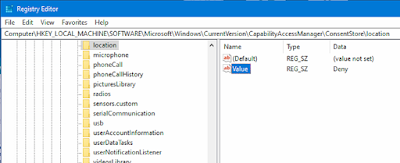Disable Windows Server Auto Lock.
Annoying while working on server issues to have the screen lock after only a few minutes. A necessary evil for security sake but just so dramatically annoying.
Windows server screen lock could be disabled without a domain group policy. A domain policy would affect all servers and potentially desktops depending on how the OUs are structured and where each AD device is placed. This an many other issues on the desktop can be resolved remotely using software that gives technical support access over the internet on-demand. Software for Online PC support allows connectivity to the desktop for screen-sharing support online.
Windows server auto screen lock can be disabled by using only the local computer policy so this won't have to be applied to other servers or domain workstations.
Start by running the local group policy console. You get that by clicking search or the taskbar Windows icon usually on the bottom left of the desktop screen, then begin typing the word Group and select Edit Group Policy (local policy). That will start the right local not domain policy console.
Disable Windows Server Screen Lock - Auto-Lock
Now you'll be editing the local group policy - NOT the domain group policy
When the console loads navigate to System | Power Management | Video and Display Settings | double click on Turn off the display (plugged in) setting

Enable it, set to 0.
This is option and so is a reboot , neither is required to complete
Open a command prompt (elevated), run/execute the command:
gpupdate /force
This has worked for me many times and has saved me a ton of time needlessly re-logging into a server desktop. Could work on Windows 10 and Windows 11. Haven't tested, if you've tried it on Windows 10 or 11 or have a method for the same , post what you do to disable the auto-lock screen lock screen.

Access desktops, Servers, Network switches and even firewalls online remotely.











